Articles by Aviation

Overview The use of cranes is essential for the development of medium to high rise building developments. In certain locations however, cranes can present a risk to aviation activity, particularly [...]
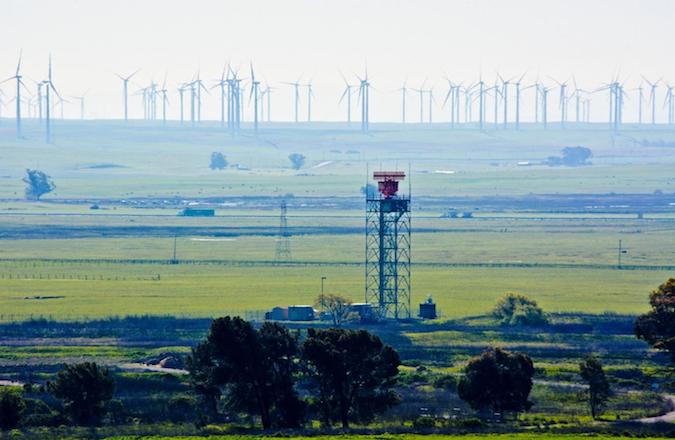
Wind turbines and airports co-exist throughout the world despite the fact that wind turbines can present an obstruction risk to low flying aircraft as well as potentially affect radar systems. [...]
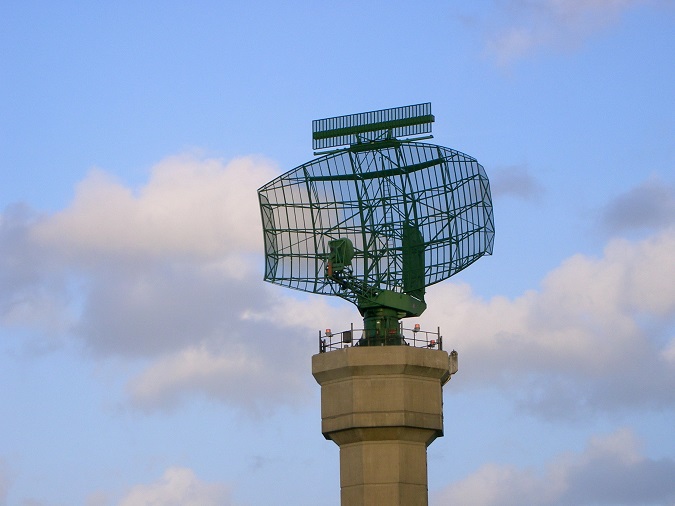
In this article we consider forms of radar interference; causes; mitigation options and management for various types of radar. Radar Interference Principles Radars transmit and receive radio signals – analysing [...]
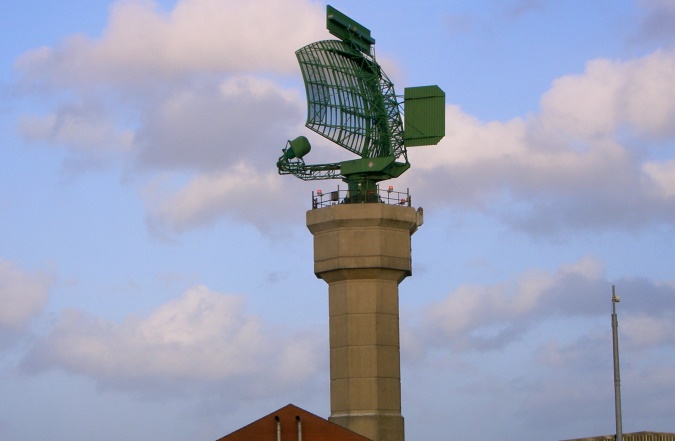
Overview NATS are a key UK aviation stakeholder and their main role is to aid the safe navigation of en-route aircraft, and in some instances, with the safeguarding of civil [...]
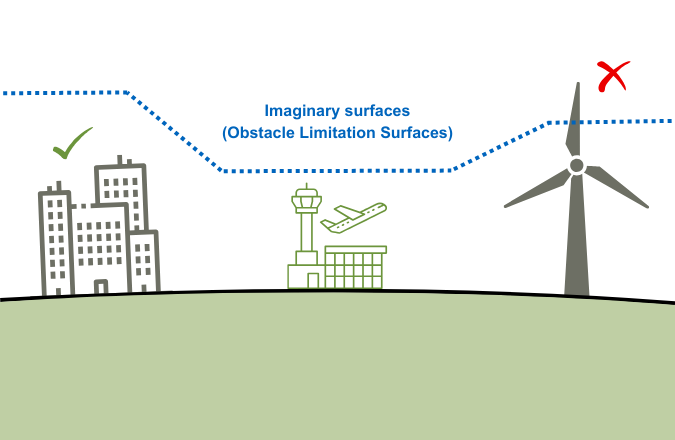
Overview The following article series presents an overview of the guidance surrounding Obstacle Limitation Surfaces (OLS) for aerodromes around the world. Key similarities and differences from each guidance document are [...]
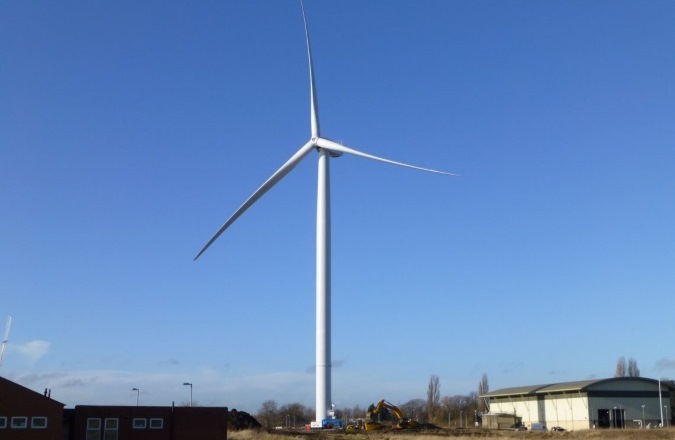
Previous articles: Radar concerns have rendered two turbines motionless Aveillant technology to mitigate the effects of two wind turbines at East Midlands Airport Overview Three years in the making, the [...]
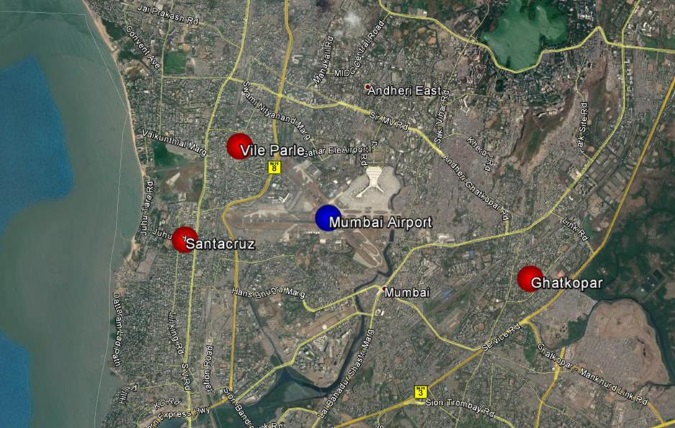
Overview India’s civil aviation authority, the Directorate General of Civil Aviation (DGCA), has ordered a reduction in height of 70 buildings within 60 days. This is due, at least in [...]
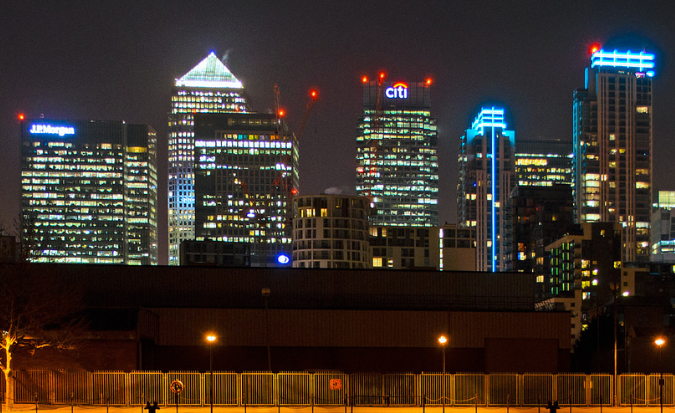
For the latest information on this topic, please see our updated article on aviation lighting and building developments here. This subject seems like a no-brainer at first. Put a couple [...]

Airports vs Buildings Plans for building developments can, and do, receive objections from airports. Invariably, these relate to flight safety, which gives the objection a loud voice in the ear [...]

Tall buildings may block and reflect radar signals which means that national air traffic control service, NATS, raises planning objections to tall buildings in London, Manchester and elsewhere in the [...]




